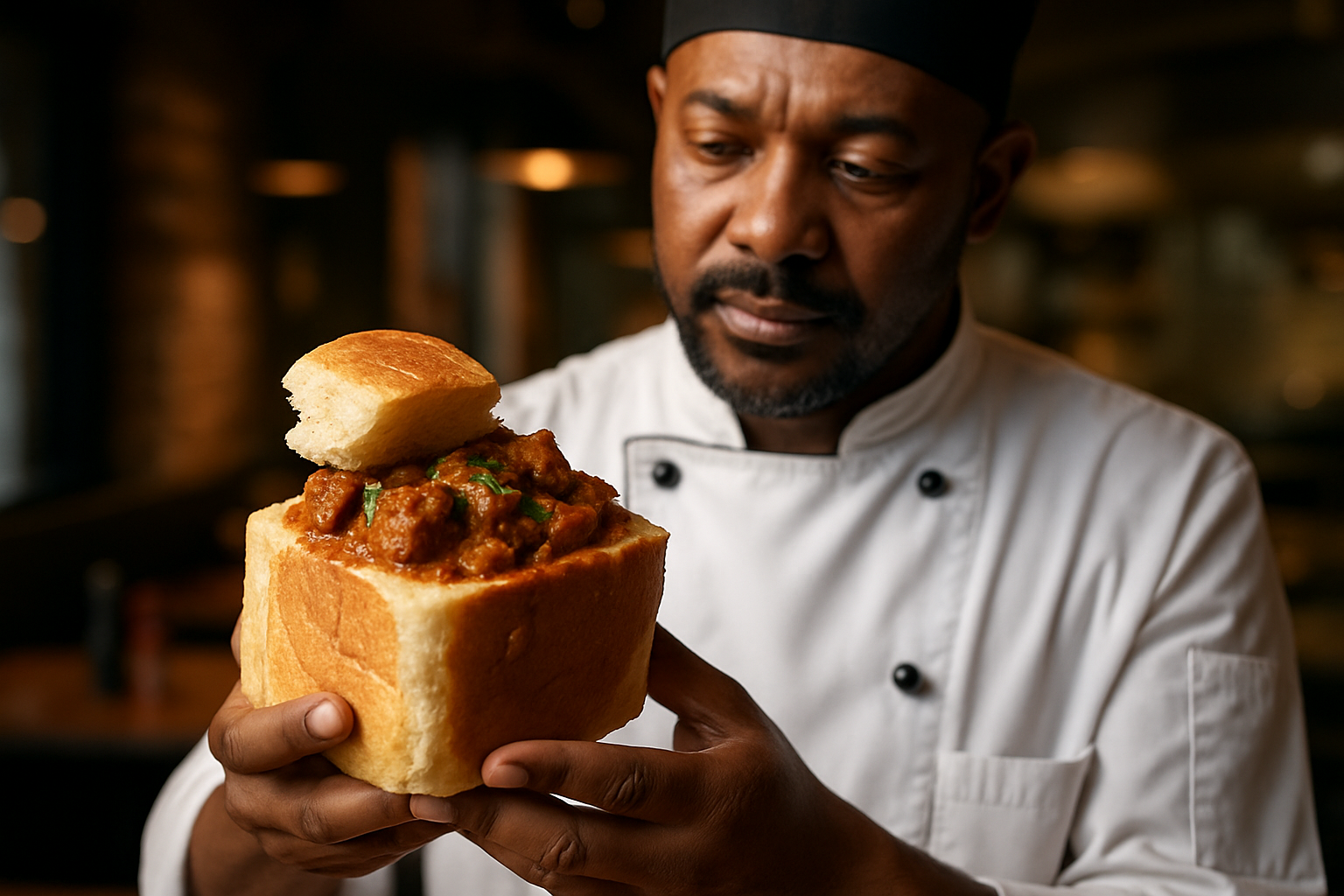Culinary Cinema: The Rise of Food-Centric Filmmaking
In recent years, a delectable trend has emerged in the world of cinema, tantalizing both film enthusiasts and food lovers alike. Culinary cinema, a genre that places food at the heart of storytelling, has grown from a niche interest to a mainstream phenomenon. This article explores the evolution of food-centric filmmaking, its cultural impact, and the reasons behind its increasing popularity.

As global cuisine gained prominence in popular culture, filmmakers began to recognize the untapped potential of food as a central theme. The early 2000s saw a rise in documentaries and reality shows focused on cooking and chefs, paving the way for more nuanced explorations of food in narrative film. This period marked the beginning of what we now recognize as modern culinary cinema.
The Recipe for Success: Key Ingredients of Food-Centric Films
Culinary cinema encompasses a wide range of styles and approaches, but certain elements have become hallmarks of the genre. Visual aesthetics play a crucial role, with cinematographers employing techniques to make food appear irresistibly tempting on screen. The art of food styling has become increasingly sophisticated, with entire teams dedicated to creating mouthwatering dishes that can withstand the rigors of filming.
Beyond the visual appeal, successful culinary films often delve into the emotional and cultural significance of food. They explore how meals can bring people together, bridge generational gaps, and preserve cultural heritage. Many of these films also touch on broader themes such as family, identity, and passion, using food as a lens through which to examine the human experience.
A Global Feast: Diversity in Culinary Cinema
One of the most exciting aspects of the culinary cinema movement is its global nature. Films from various countries and cultures have contributed to the genre, offering viewers a cinematic tour of world cuisines. From the sushi mastery portrayed in Jiro Dreams of Sushi to the fusion of Indian and French cuisines in The Hundred-Foot Journey, these films serve as cultural ambassadors, introducing audiences to new flavors and traditions.
This diversity extends beyond the cuisines depicted on screen. Culinary cinema has provided a platform for filmmakers from different backgrounds to share their stories and perspectives. As a result, the genre has become a celebration of cultural diversity, fostering understanding and appreciation across borders.
Beyond Entertainment: The Cultural Impact of Food Films
The rise of culinary cinema has had a profound impact on popular culture, influencing everything from travel trends to home cooking. Many viewers, inspired by the films they watch, have sought out new culinary experiences or attempted to recreate dishes at home. This has led to increased interest in cooking classes, food tourism, and international ingredients.
Moreover, these films have sparked important conversations about food sustainability, ethical consumption, and the preservation of traditional culinary practices. Documentaries like Food, Inc. and Sustainable have raised awareness about the food industry’s environmental impact, while narrative films often highlight the importance of local and seasonal eating.
The Future of Food on Film: Emerging Trends and Technologies
As culinary cinema continues to evolve, new trends and technologies are shaping its future. Virtual and augmented reality technologies are beginning to offer immersive food experiences, allowing viewers to engage with culinary content in unprecedented ways. Meanwhile, streaming platforms are investing heavily in food-related content, from high-production value documentaries to innovative cooking shows.
Another emerging trend is the integration of social issues into culinary narratives. Filmmakers are increasingly using food-centric stories to address topics such as immigration, climate change, and social inequality. This blend of entertainment and social commentary is likely to play a significant role in the genre’s future development.
Conclusion: A Genre with Universal Appeal
The growth of culinary cinema reflects a broader cultural shift towards a greater appreciation of food and its role in our lives. As audiences continue to hunger for stories that nourish both the mind and the senses, this genre is poised for further expansion and innovation. With its ability to cross cultural boundaries and appeal to universal human experiences, culinary cinema has established itself as a vital and vibrant part of the contemporary film landscape.
From intimate character studies set in bustling kitchens to sweeping epics that span continents and cuisines, food-centric films offer a rich and varied cinematic menu. As the genre continues to evolve, it promises to serve up new and exciting stories that will satisfy audiences’ appetite for compelling narratives and visual feasts.





